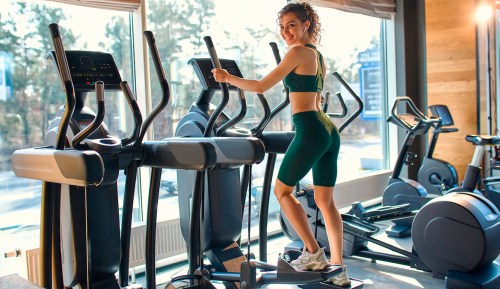3 safe-for-pregnancy Pilates moves Kate Hudson swears by
Fabletics front woman Kate Hudson has been practicing three hip-opening Pilates moves recommended by her trainer, Nicole Stuart, throughout her pregnancy with her third child. The moves are safe for expecting moms.

Anyone who follows Kate Hudson on Instagram knows that the Fabletics front woman is a Pilates devotee. The actress loves the workout so much, in fact, that she’s totally willing to grunt her way through the toughest moves to reap the muscle-building and stress-reducing benefits of the practice. And now that Hudson’s expecting a third child, she has a brand-new reason to keep up with her on-the-reformer sweat sessions.
In an interview with Self, OB/GYN Jessica Shepherd, MD, points out that since Hudson’s workout of choice strengthens the core, it’s actually an ideal workout for all expecting mamas. “As you get further along, you start leaning more forward and can develop lordosis of the spine [arching of the lower back] to compensate for your [belly]. That puts more pressure on the back, and Pilates will help with that,” she explains. Bonus: The toning workout also improves your breathing, which can pay off when it comes time for delivery, Dr. Shepherd says.
To keep pregnant workout warriors stay safe, the Golden Globe winner’s instructor—Nicole Stuart—recommends sticking to moves that can be done lying on the side, since doing traditional ab work (read: crunches, bicycles, etc.) can overwork the rectus abdominis, leaving you open to more ab separation during pregnancy. Instead, she advises focusing on sequences that double as hip openers—like the following three moves.
Check out the Kate Hudson–approved, hip-opening Pilates sequence for expecting mamas.

Move 1: Side-lying bent-leg raises
Start lying on one side with your knees bent at a 90 degree angle. Then, lift your top leg up and down, fire-hydrant-style. Repeat 10 to 15 times, then switch to the opposite side.
Move 2: Clamshells
Start in the same position as with Move 1, lying on one side with your knees bent at a 90 degree angle. Then, keeping your feet together, lift your top knee so that your legs open into a clamshell shape. Repeat 10 to 15 times, then switch to the opposite side.
Move 3: Modified clamshell with a kick
Start in the same position as Move 1 and Move 2, and then open your top leg into the clamshell shape. Next, kick your top leg straight up to the sky. Hold momentarily, bring your feet back together, and then return to your starting position. Repeat 10 to 15 times, then switch to the opposite side.
Once you’ve had your baby, master these four moves before jumping back into fitness, and check out this postnatal strength and stability guide.










